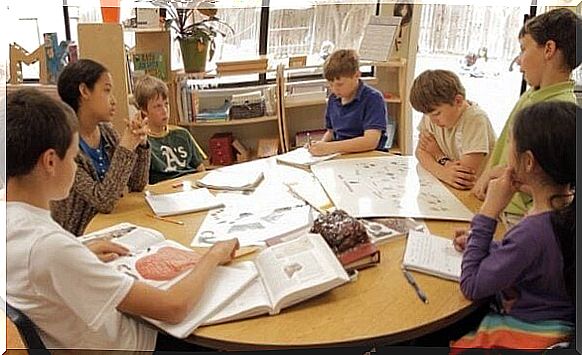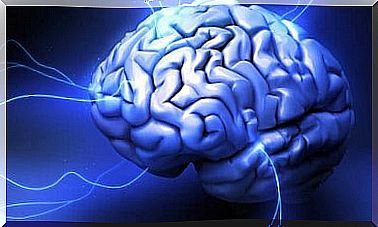Spencer Kagan And Structured Cooperative Work

Spencer Kagan is a recognized author who has conducted extensive research on structured cooperative work. This form of teamwork departs from the way knowledge is transmitted in the vast majority of schools and educational institutes today. In fact, it’s a new way to learn in a group and develop skills necessary for personal growth.
After his research, Kagan even made a proposal on what became known as structured cooperative work. It organized the cooperative method in a much more flexible and effective way. Furthermore, it allowed working with complex and generic themes in a dynamic way.
In an article by the author himself in Kagan Online Magazine, he explains to us that the reason he chose the word “structures” is because they are like little pieces that are easy to assemble and play with to learn. Let’s look at the question in more depth below.
The principles of structured cooperative work
When Spencer Kagan designed the frameworks for his cooperative learning proposal, he thought of 4 basic principles that we must keep in mind if we are to put it into practice. In fact, they are fundamental elements of this type of learning.

- Positive interdependence : we can achieve it by fulfilling the responsibility of carrying out the indicated task individually. In addition, we have to agree with the group on responses and strategies to achieve a certain goal.
- Individual responsibility: what one of the group participants does has a positive or negative impact on the others. Each of the members is responsible for doing their task for the good of others.
- Equitable Participation: All group members must have the opportunity to participate on equal terms. Furthermore, the work must be correctly distributed so that one member does not have more than the others.
- Simultaneous interaction: all team members must dialogue, share their opinions and make decisions together. Otherwise, the group may dissolve and not reach the proposed goal.
In this way, structured cooperative work allows:
- Develop teamwork skills
- Improve problem solving
- Improve the ability to defend a particular point of view
- Learning to listen to others and respect their ideas, as well as express their own
The Advantages of Kagan Structures
Kagan structures allow you to put into practice certain games that work with a series of specific principles that have a clear purpose in each class. Each of them can be applied to both math and language classes, which is fantastic for introducing cooperative work even in those subjects where its use might seem impossible. Some of the names of the Kagan structures are very curious, such as “the revolving leaf” or “the pairs argue”.
Something very important that structured cooperative work teaches us is that we can teach different students in the same way. In the traditional education that we can all see in colleges and institutes, a strategy is used only for one type of student. What happens to those who are more creative? Or those who find it impossible to memorize concepts to simply reproduce them later on tests? Spencer Kagan’s frameworks are a great solution for this as they allow for much more effective learning.

The need to implement structured cooperative work
Teachers may think that developing a class based on structured cooperative learning can be more tedious. However, in reality it requires much less preparation work, and the results are more effective. Although many centers have a particular way of proceeding, it would be important to introduce some of the Kagan structures to prove the great results they provide.
The education that we can consider as traditional favors the development of boredom in the classroom, that students ask “what am I learning this for?” , and fosters insane competitiveness.
Also, being the best in the class by memorizing what you’ve been taught to capture the teacher’s attention doesn’t allow you to develop the skills that the Kagan structures contain. Very important skills for the future of all these young people that will allow them to have healthy relationships and develop their work much better.









